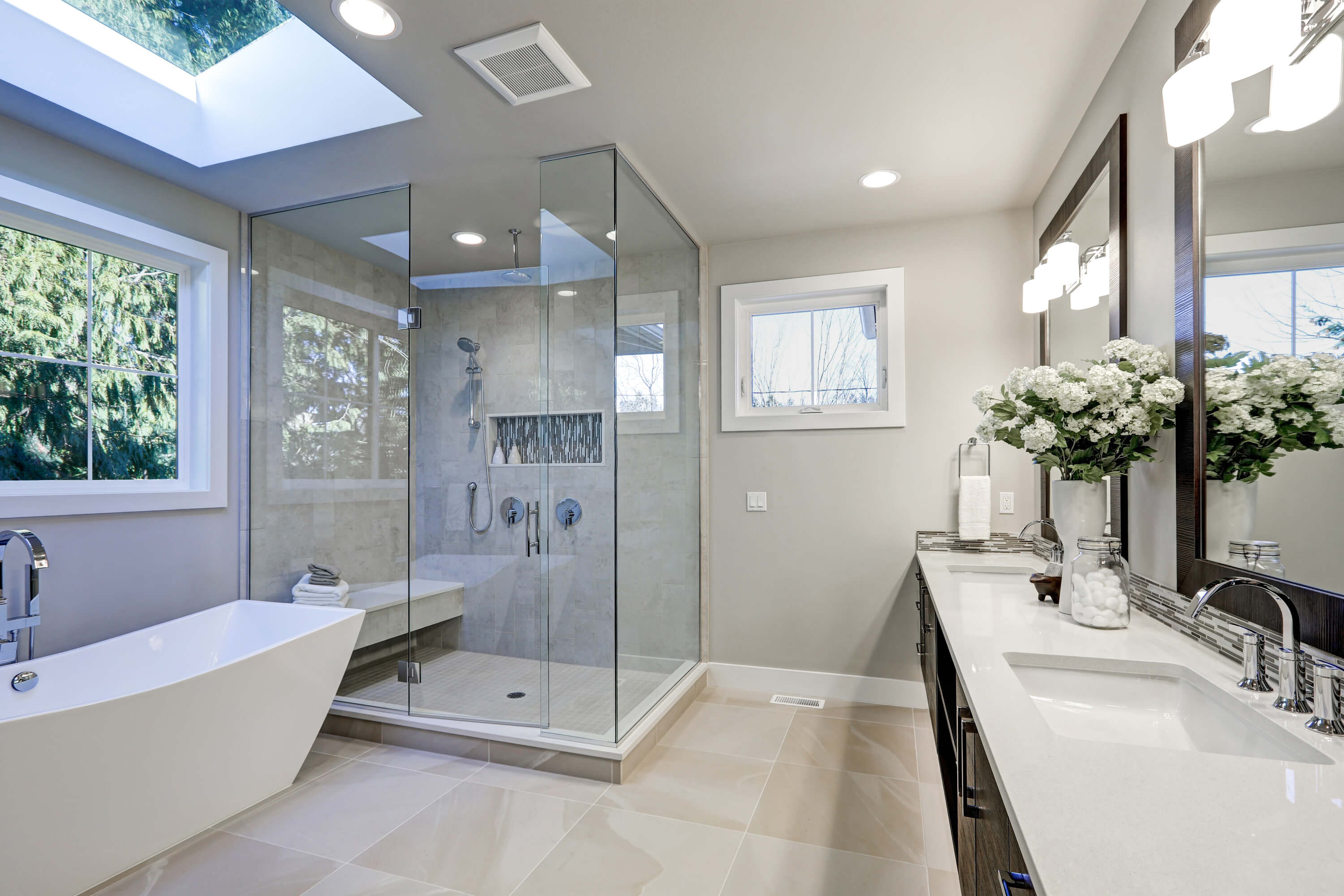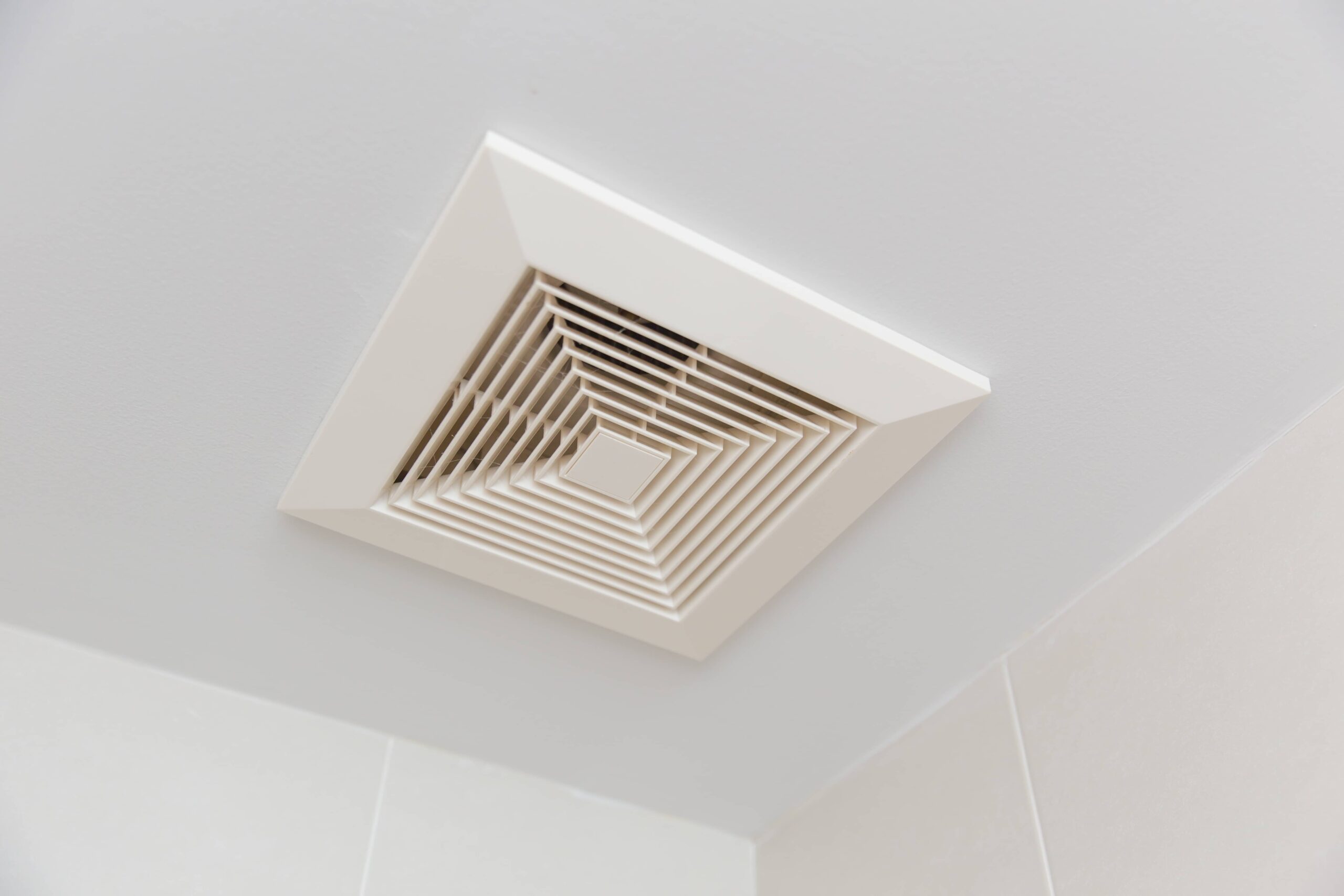Understanding the Problem
Installing an HVAC vent under a bathroom vanity is a common concern for homeowners seeking to improve ventilation and moisture control in their bathrooms. While the idea seems straightforward, there are potential issues associated with this approach that require careful consideration.
Potential Issues Associated with Poor Ventilation in Bathrooms, Hvac vent under bathroom vanity
Poor ventilation in bathrooms can lead to a range of problems, including:
- Mold and Mildew Growth: Bathrooms are inherently humid environments, and inadequate ventilation allows moisture to accumulate, creating ideal conditions for mold and mildew growth. These microorganisms can thrive on damp surfaces like walls, ceilings, and even behind vanities, posing health risks, especially for individuals with allergies or respiratory problems.
- Musty Odors: Poor ventilation traps moisture and odors, leading to a musty and unpleasant smell in the bathroom. Even after showering or using the toilet, the lingering odors can be difficult to eliminate without proper ventilation.
- Structural Damage: Excessive moisture can cause damage to bathroom fixtures, such as wood flooring, cabinets, and drywall. This damage can lead to warping, rot, and even structural instability over time.
- Health Risks: Mold and mildew growth can release spores into the air, which can trigger allergies, asthma attacks, and other respiratory problems. In severe cases, prolonged exposure to mold can lead to more serious health issues.
Assessing Your Situation: Hvac Vent Under Bathroom Vanity

Before diving into the technicalities of installing an HVAC vent under your bathroom vanity, it’s crucial to determine if it’s even necessary. This section will help you evaluate your bathroom’s ventilation needs and identify potential issues.
Bathroom Ventilation Checklist
This checklist will help you assess if your bathroom needs additional ventilation. Answering these questions will guide you towards the best solution for your situation.
- Does your bathroom have a window that can be opened for ventilation? A window provides natural airflow, which is crucial for removing moisture and odors.
- Is your bathroom equipped with an exhaust fan? An exhaust fan is a vital component of bathroom ventilation, effectively drawing out moisture and odors.
- Does your bathroom have adequate ventilation when the exhaust fan is running? If the fan doesn’t effectively remove moisture, it might be undersized or malfunctioning.
- Do you notice excessive condensation on mirrors, windows, or walls after showering? This indicates a high humidity level, potentially due to inadequate ventilation.
- Do you experience lingering odors in your bathroom even after using the exhaust fan? This might indicate a lack of proper ventilation, leading to trapped odors.
- Do you have any history of mold or mildew growth in your bathroom? Mold and mildew thrive in humid environments, indicating a potential ventilation issue.
Identifying Signs of Inadequate Ventilation
Besides the checklist above, there are other telltale signs of inadequate ventilation in your bathroom. These include:
- Persistent dampness or musty smell: Even after using the exhaust fan, a persistent dampness or musty smell indicates that the ventilation system isn’t effectively removing moisture.
- Mold or mildew growth: Mold and mildew thrive in humid environments, often appearing in corners, around fixtures, or on walls. Their presence indicates a lack of proper ventilation.
- Water damage: Excessive moisture can lead to water damage, especially in areas with poor ventilation, such as under the vanity.
- Condensation on surfaces: Condensation on mirrors, windows, or walls is a clear sign of high humidity levels and inadequate ventilation.
Factors Influencing the Need for an HVAC Vent
Several factors can influence the need for an HVAC vent under your bathroom vanity. These include:
- Bathroom size: Larger bathrooms generally require more ventilation to remove moisture and odors effectively. An HVAC vent can supplement the existing ventilation system, especially in larger spaces.
- Humidity levels: Bathrooms with high humidity levels, due to frequent showering or lack of proper ventilation, may benefit from an HVAC vent to maintain a comfortable and healthy environment.
- Frequency of use: Bathrooms used frequently, especially by multiple people, require more ventilation to prevent moisture buildup and odor problems. An HVAC vent can help maintain a fresh and clean environment in high-traffic bathrooms.
- Climate: In humid climates, bathrooms are prone to moisture buildup, making an HVAC vent a valuable addition to ensure proper ventilation and prevent mold growth.
Exploring Solutions

Now that you’ve identified the problem and assessed your bathroom’s ventilation situation, it’s time to explore the various solutions available to you. We’ll delve into the different ventilation options, their pros and cons, and how to choose the best one for your needs.
Comparing Ventilation Options
Each ventilation method has its own advantages and disadvantages, and the best choice depends on your bathroom’s specific needs and existing infrastructure. Here’s a breakdown of the most common options:
| Ventilation Method | Pros | Cons |
|---|---|---|
| HVAC Vent |
|
|
| Exhaust Fan |
|
|
| Natural Ventilation |
|
|
Choosing the Right Ventilation Solution
Choosing the right ventilation solution involves considering several factors:
Budget: HVAC vents are generally the most expensive option, followed by exhaust fans. Natural ventilation is the most cost-effective.
Existing Infrastructure: If your home already has a central HVAC system, an HVAC vent might be the most efficient choice. Otherwise, an exhaust fan or natural ventilation may be more suitable.
Bathroom Size and Usage: Larger bathrooms or those with frequent use require more powerful ventilation.
Climate: In humid climates, more powerful ventilation is needed to effectively remove moisture. Natural ventilation may not be sufficient in these areas.
Aesthetics: Consider the appearance of the ventilation system, especially if it will be visible.
By carefully considering these factors, you can choose the most effective and cost-efficient ventilation solution for your bathroom.
